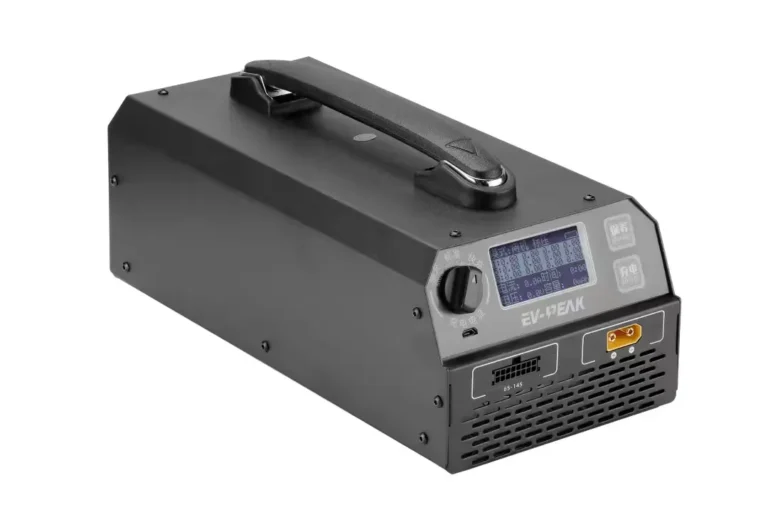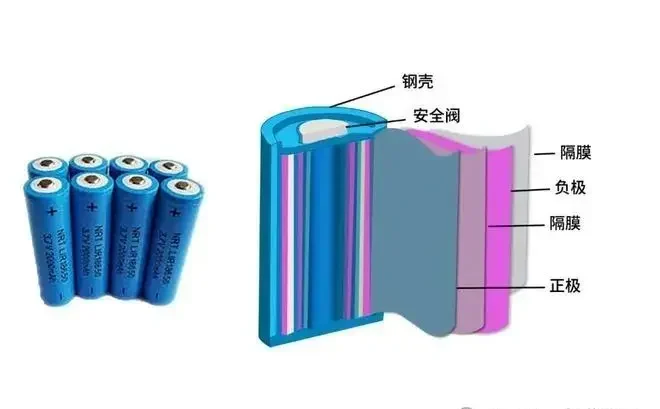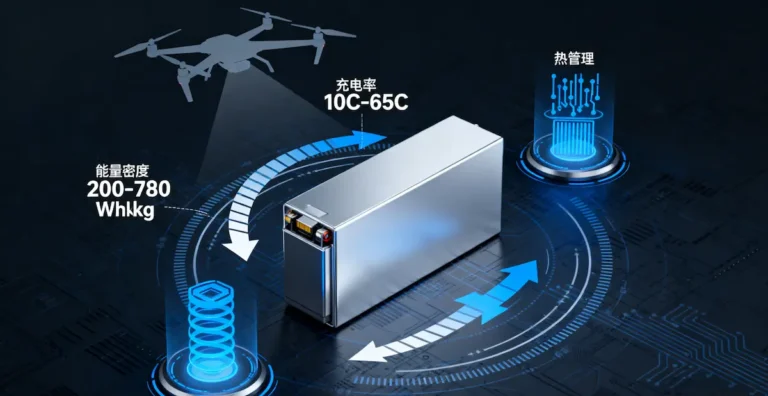Methods for safe storage of lithium-ion batteries in 2025
As energy density increases and application scenarios expand, safe storage has become a key link in the lithium battery technology chain.
Since its commercialization in 1991, lithium-ion batteries have become the core power source for everything from consumer electronics to electric vehicles, and from home energy storage to military equipment due to their high energy density and long cycle life.
With the rise of new energy brands such as Tesla, Azure, Ideal, Xiaopeng, BYD and others, the importance of safe battery storage has become increasingly important.
Improper storage of lithium batteries may lead to serious safety accidents such as thermal runaway, fire and even explosion. In this paper, we will analyze the safe storage methods for lithium-ion batteries in 2025 from an engineering perspective.
01 Basic Characteristics and Storage Challenges of Lithium-Ion Batteries
Lithium-ion batteries are rechargeable batteries that operate primarily on the movement of lithium ions between the positive and negative electrodes. Usually, lithium alloy metal oxides are used as the positive material and graphite as the negative material, using a non-aqueous electrolyte solution.
Battery chemistry determines storage sensitivity: lithium-ion batteries are very sensitive to temperature, humidity, state of charge and physical environment. Overcharging, over-discharging, high temperature, low temperature, vibration or shock may disrupt the internal chemical balance of the battery, leading to irreversible capacity loss or safety risks.
In recent years, as energy densities have increased (from 80 Wh/kg in 1991 to 300 Wh/kg today), storage safety challenges have become more prominent.
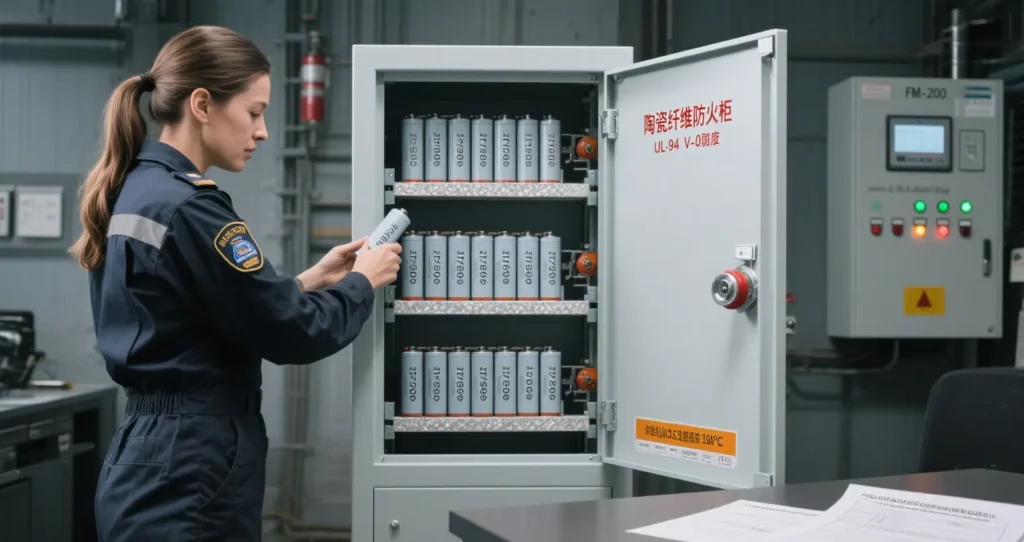
02 Key factors for lithium battery storage: temperature and state of charge
Temperature is the primary factor affecting the safe storage of lithium batteries. The recommended long-term storage temperature for most Li-ion batteries is 15°C ± 5°C, but specific battery types may have special requirements.
High temperatures (over 50°C) can accelerate electrolyte decomposition and SEI film degradation, leading to permanent loss of capacity; low temperatures (below 0°C) can lead to electrolyte freezing, reduced lithium ion migration rates, and sudden failure upon warming.
Climate-controlled outdoor cabinets for lithium battery storage are ideal for storing large quantities of lithium-ion batteries, ensuring a stable storage environment.
State of charge (SOC) is equally critical. Nickel and lithium-ion batteries should be stored at approximately 40% state of charge (SOC), a level of power that both prevents electrode degradation due to over-discharge and reduces chemical side-reactions at high states of charge.
Fully discharged storage can lead to voltages below 2.0V, triggering dissolution of copper collectors, while excessive voltages (above 4.1V) can accelerate cathode material degradation and increase the risk of thermal runaway.
03 Lithium Battery Storage Best Practices: Professional Maintenance and Handling Programs
To ensure safe storage of lithium batteries, it is recommended that the following professional practices be followed:
- Charge Monitoring: Regularly check the state of charge of stored batteries to ensure that it is maintained in the ideal range of 30%-50%
- Temperature Control: Use professional equipment to maintain the storage environment at a specified temperature to avoid temperature fluctuations
- Operational Testing: Regularly observe the operating time of fully charged batteries to assess the state of health of the batteries
- Safe Self-Discharge: Ensure that the batteries have a safe self-discharge characteristic and that an abnormal self-discharge rate may indicate an internal short-circuit
- Pre-storage Inspection: Inspect batteries for cosmetic damage, expansion, or voltage abnormalities prior to storage
- Vibration Isolation: Avoid exposing lithium-ion batteries to excessive vibration to prevent internal structural damage
- Damage Disposal: Never use damaged batteries, and dispose of them immediately in accordance with hazardous materials handling procedures
- Personal Protection: Wash your hands thoroughly after handling batteries, and rinse them immediately with an eyewash station if they come into contact with electrolyte fluids
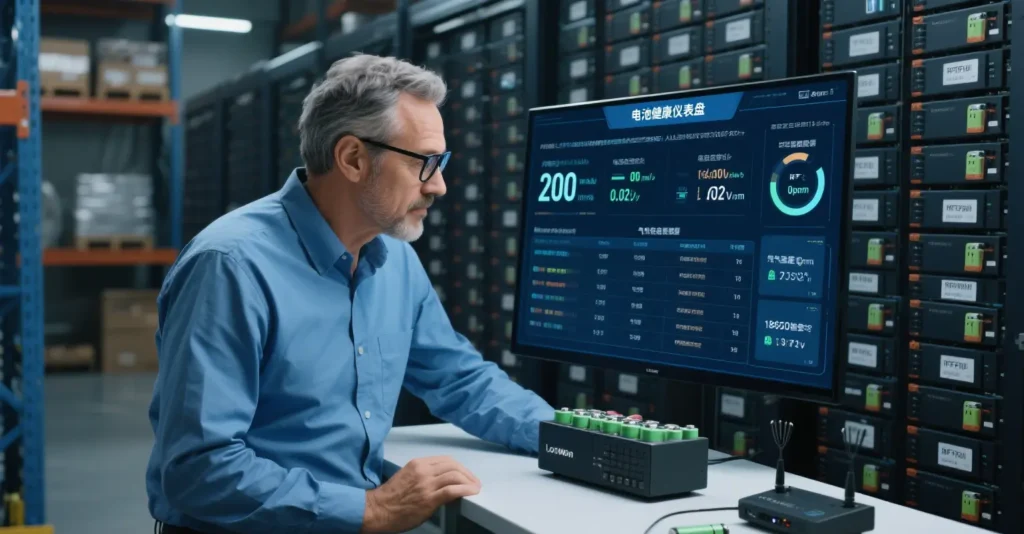
04 Specialized lithium battery storage solutions: engineering design and technological innovation
Facing the safety challenges of lithium battery storage, professional storage solutions need to comprehensively consider multiple protection factors.
Environmental control is the core of safe storage. Well-designed outdoor cabinets for lithium battery storage provide viable solutions for long-term storage that meet domestic standard specifications and can be fully customized according to user needs.
Modern battery storage cabinets are equipped with intelligent temperature management systems including accessible controls and thermostats to ensure environmental stability.
Fire protection systems are an essential safety measure for lithium battery storage. Multiple fire suppression options including dry chemical extinguishers, sprinkler systems and fire extinguisher systems provide multiple levels of protection.
Mechanical ventilation systems and leak-proof floor designs significantly reduce risk by preventing the buildup of flammable gases and the spread of electrolyte leaks.
Location design is as important as ease of access. Fire-resistant design of 2-hour or 4-hour fire-rated outdoor storage cabinets can be placed near or inside facilities for safety and efficiency.
The multi-space storage design allows for easy categorization of all types of lithium-ion batteries to avoid cross impact.
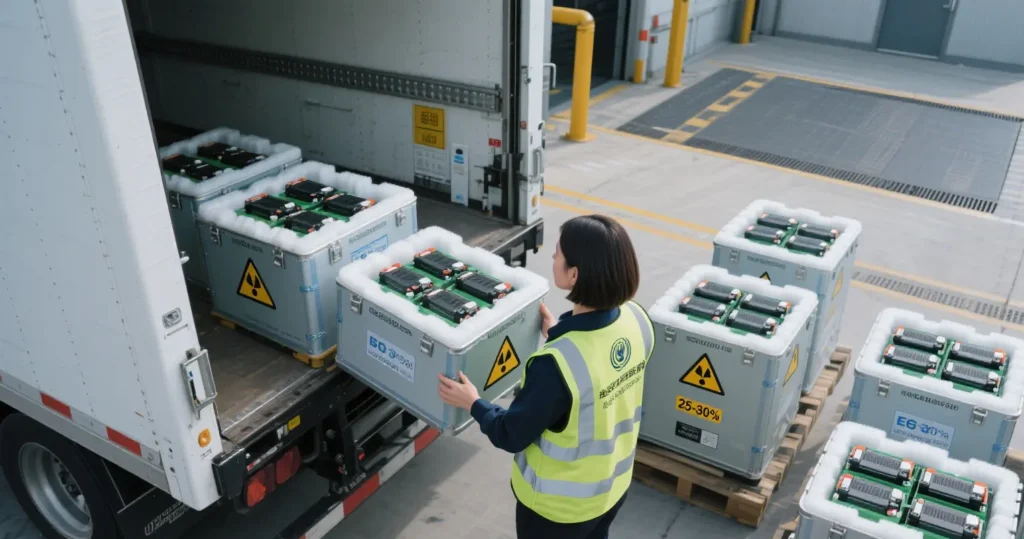
05 Industry Applications and Future Prospects: The Way Forward for Secure Storage
Lithium battery storage solutions have served a number of industry sectors, including:
- Universities & Research Labs
- Automotive Manufacturing & Repair Industry
- Marine & Maritime Applications
- Medical Device Suppliers
- Energy Sector & Grid Storage
- Consumer Electronics Manufacturers
The military sector in particular requires high standard storage solutions, with extremely stringent requirements for the safe storage of lithium batteries for drones and hazardous chemicals.
Technology trends indicate that lithium battery storage will become more intelligent in the future:
- IoT monitoring systems: real-time tracking of battery health and storage conditions
- AI predictive maintenance: identifying potentially faulty batteries in advance, preventing problems before they occur
- Novel fire suppression technologies: such as immersion fire suppression systems, providing more efficient thermal runaway control5
- Modular design: rapid deployment of customized storage solutions according to the needs of different industries


